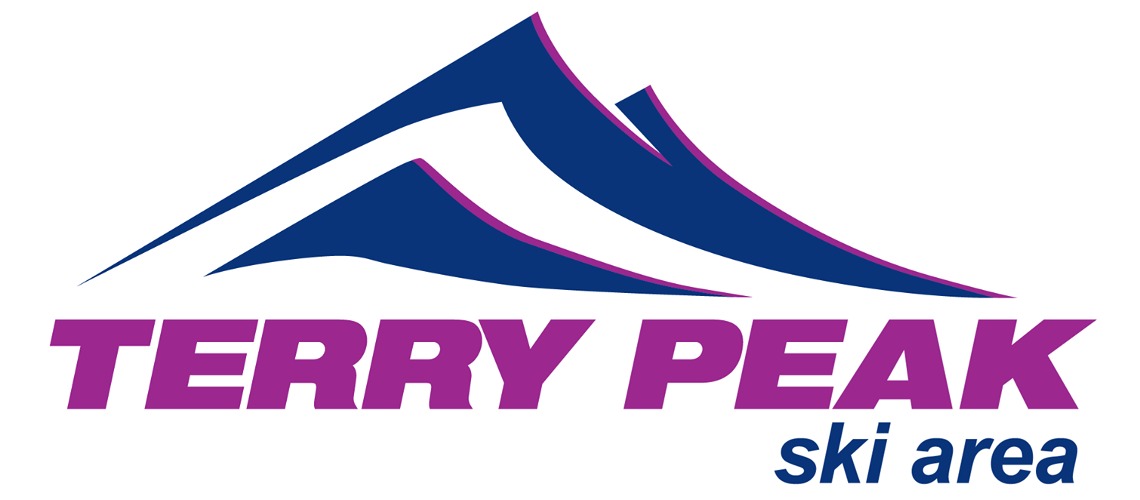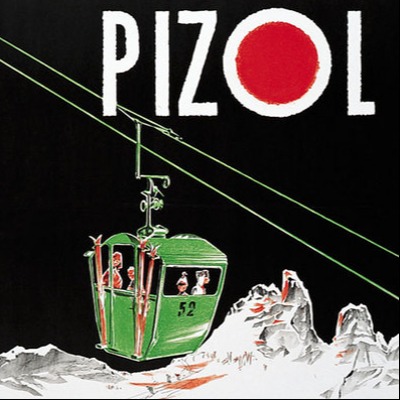Terry Peak Ski Area Is Investing In Upgrades To Snowmaking System

Terry Peak is a mountain and ski area in the west central United States, in the Black Hills of South Dakota outside of Lead. With an elevation of 7,064 feet (2,153 m) above sea level, it is the most prominent peak in the Northern Black Hills area, and the sixth highest summit in the range; the tallest is Black Elk Peak (formerly Harney Peak) at 7,244 feet (2,208 m)
Avid skiers and snowboarders from Terry Peak know the snowmaking system is the backbone that provides them with the best snow conditions possible. The Black Hills area often boasts 150 inches or more of snow annually. However, there are lean snow years when the snowmaking system is an invaluable resource for good, consistent conditions throughout the season.
Investing in upgrades to the snowmaking system is evident. The two-year plan includes increasing the water pumping capacity from 1,000 gallons to 3,000 gallons a minute. It will add to the current snowmaking guns and trails available for snowmaking. With these upgrades, we will strive to open more terrain sooner while offering high-quality, consistent conditions throughout the season.
Partnering with HKD Snowmakers and Snow Mountain Services has provided Terry Peak with professional consultation on this critical project, which will help us achieve the best possible outcome for upgrading the snowmaking system.
The mountain was named for Alfred Howe Terry, who had explored the area. It was first used as a ski area in 1936 by the Bald Mountain Ski Club when a rope tow was installed. The first chair lift was installed in 1952 and began operation in 1954. The ski area has since seen many upgrades in chair lifts, trails, and accommodations.
Currently, there are three "high speed" chairlifts (Kussy, Surprise, and Gold Corp Express, (or Blue, Yellow, and Red, respectively), which provide access to most of the runs on the mountain in a matter of minutes, as well as one traditional-speed lift (Stewart, or "Green"), and a Sno-Carpet.
Terry Peak hosted the NCAA Skiing Championships in 1971. Several radio stations have transmitter towers at the summit.













